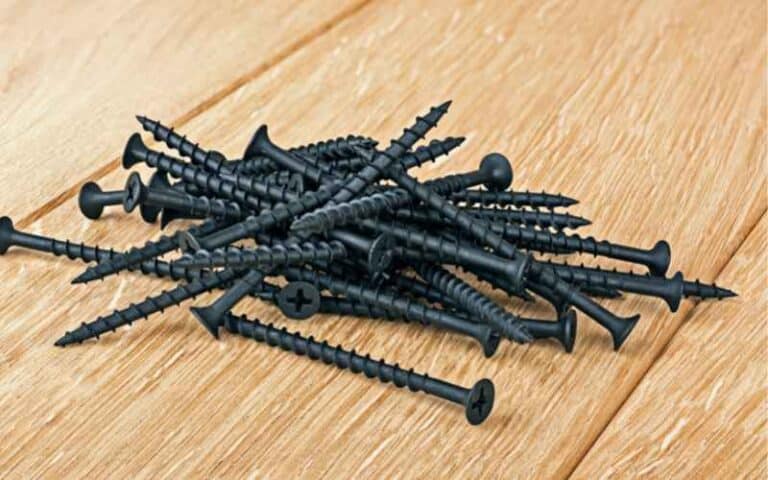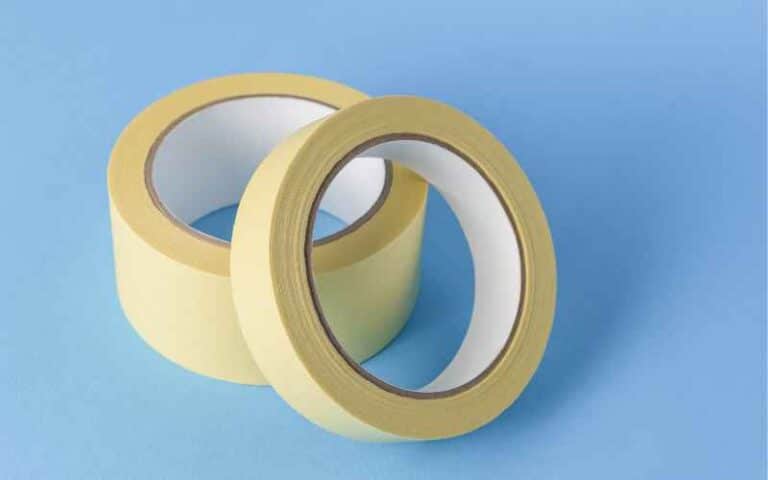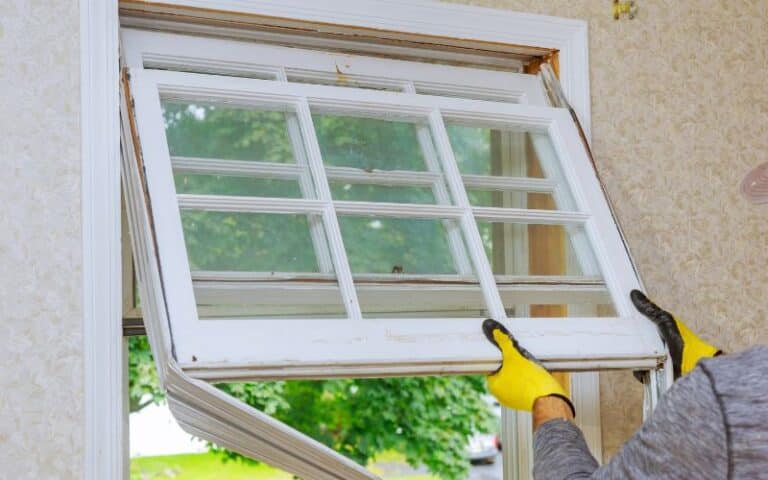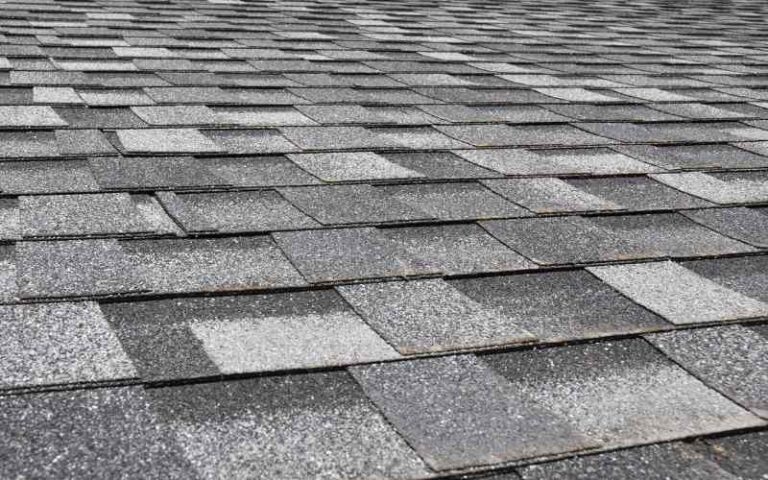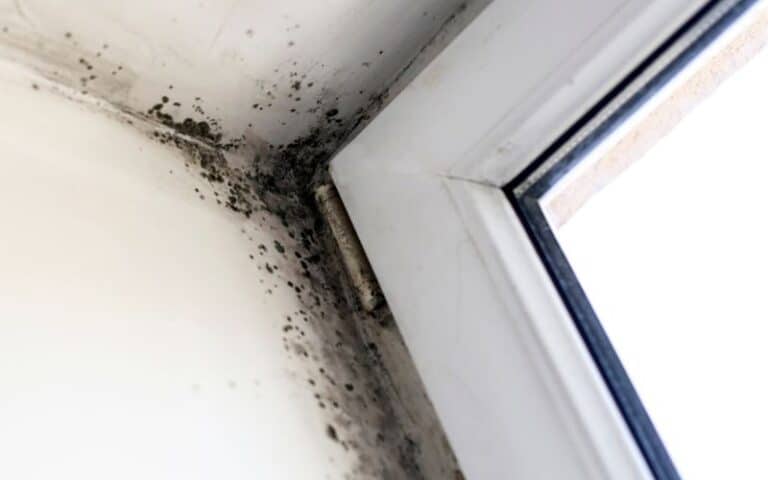Have you ever noticed a crack in the drywall seam of your home? It may seem minor, but ignoring it can lead to bigger problems.
Sometimes, you notice these cracks immediately after installation, while others become visible afterward.
Whatever the case, you need not fret because the causes are not far-fetched and simple fixes exist to resolve this.
Cracks in drywall seams are usually caused by simple temperature or humidity changes, normal settling, or even poor installation and structural deficiencies. They may start as out hairline cracks but can expand if not stitched in time. However, you can fix these cracks with simple maintenance practices and prevent them by installing proper drywall.
This article explores the common causes of drywall cracks, how to fix them, and when to seek professional help.
So, if you’ve been wondering how to deal with a crack in your drywall seam, keep reading to learn more.
Ready for a Drywall Quiz?
Are Hairline Cracks in Drywall Seams Normal?
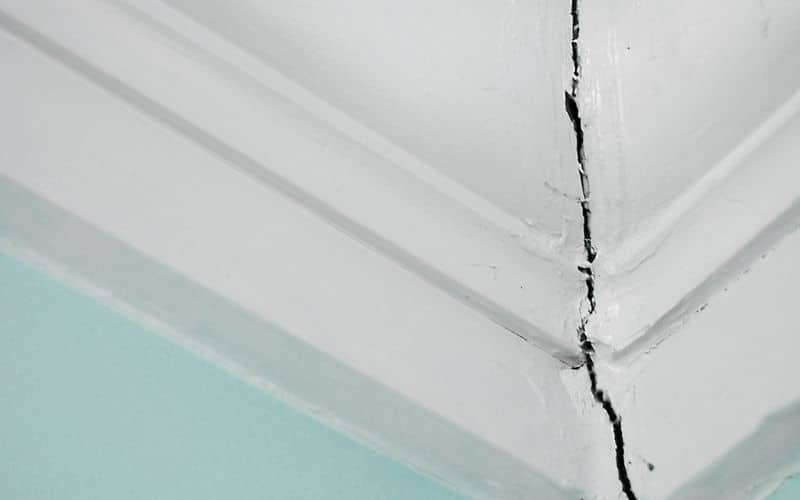
Yes, hairline cracks in drywall seams are common, and many factors cause them.
However, these cracks are not a cause for concern in most cases and can be easily repaired.
However, it is important to understand the underlying causes of these cracks and take steps to prevent them from occurring in the future.
One of the most common causes of hairline cracks in drywall seams is settling the foundation or shifting the house.
As the foundation settles or the house shifts, the walls may shift slightly, causing small cracks along the seams.
In some cases, this may be accompanied by other signs of foundation or structural damage, such as uneven floors or doors that don’t close properly.
Another common cause of hairline cracks in drywall seams is temperature and humidity changes.
When room temperature and humidity levels fluctuate, the drywall can expand and contract slightly, which can cause cracks to form.
This occurrence is especially common in rooms with poor ventilation or areas with extreme temperature changes, such as near windows or doors.
In addition to these factors, hairline cracks in drywall seams can also be caused by poor installation or finishing techniques.
If the drywall was not installed properly or the seams were not properly taped and finished, cracks may form over time as the house settles and shifts.
While it is not uncommon for these cracks to form, they can be a sign of underlying structural or installation issues that must be addressed.
If you notice hairline cracks in your drywall seams, it is important to have them inspected by a professional to determine the cause and extent of the damage.
Why is There a Crack in My Drywall Seam?
Understanding the root cause of your drywall seam crack can help you take steps to prevent it from happening again in the future.
Some of the most common causes of drywall seam cracks are;
#1. Normal Settling
One of the most common reasons for a drywall seam crack is normal settling. As a building age, it will naturally settle into the ground and shift slightly.
This change can cause small cracks in the drywall seams as the walls adjust to the movement.
While these cracks may be unsightly, they’re usually not a cause for concern unless they become very large.
#2. Temperature Changes
Another common cause of drywall seam cracks is temperature changes. When the temperature fluctuates rapidly, the materials in your home will expand and contract.
These changes can cause stress on the drywall seams, leading to cracks. To prevent temperature-related cracks, keep the temperature in your home as consistent as possible.
#3. Humidity Changes
Humidity changes can also lead to drywall seam cracks. When the air in your home is too dry, the drywall can become brittle and crack more easily.
Conversely, the drywall can become soft and prone to cracks when the air is too humid.
Invest in a good quality humidifier and dehumidifier to prevent humidity-related cracks and keep the air in your home comfortable.
#4. Poor Installation
Sometimes, poor installation can cause drywall seam cracks. For example, if the drywall wasn’t installed properly or the seams weren’t sealed correctly, it can lead to cracks down the line.
If you suspect poor installation is the cause of your drywall seam crack, it’s best to consult a professional to make the necessary repairs.
#5. Structural Issues
Finally, drywall seam cracks can sometimes signal structural issues in your home.
For example, if the foundation or framing of your home is compromised, it can lead to cracks in the drywall seams.
If you suspect structural issues are causing your drywall seam crack, it’s important to have your home inspected by a professional.
How to Fix Cracks in Drywall Seams?
Fortunately, fixing cracks in drywall is a simple process that anyone with basic DIY skills can complete.
Before the steps, here are some materials you will need:
- Drywall joint compound
- Drywall tape
- Sandpaper
- Utility knife
- Putty knife
Below are the steps to fix cracks in drywall seams:
Step 1: Prep the Area
Start by removing loose debris or existing tape around the crack with a utility knife. Next, use sandpaper to smooth the area and remove rough spots or bumps.
Step 2: Apply Drywall Tape
Cut a piece of drywall tape to fit the crack’s length, ensuring it extends a few inches on either side.
Press the tape firmly onto the wall, ensuring it adheres evenly, and there are no bubbles.
Step 3: Apply Your Joint Compound
Using a putty knife, apply a thin layer of joint compound over the tape, smoothing it out as much as possible. Allow the compound to dry completely before proceeding to the next step.
Step 4: Sand and Repeat
Once the first layer of the joint compound is dry, use sandpaper to smooth it out and remove any bumps or rough spots.
Apply a second layer of joint compound, making it slightly wider than the first layer. Allow it to dry completely, and sand it again.
Step 5: Final Touches
If necessary, apply a third layer of joint compound, sanding after it dries. Once you’re satisfied with the smoothness of the wall, you can paint or wallpaper over it as desired.
What Causes Pumpkin Cut Drywall to Crack at the Seam?
Pumpkin cut drywall, commonly used in decorative projects, may crack at the seam due to various reasons. Insufficient application of joint compound, improper handling during installation, or excessive pressure on the seam can lead to cracking. To prevent this, follow these pumpkin cut drywall tips: apply an adequate amount of joint compound, handle the drywall with care, and avoid unnecessary pressure on the seam.
Should I Worry About Drywall Cracks in Seams?
Drywall cracks in seams are common in many homes, and various factors, such as foundation settling, humidity changes, or poor installation, can cause them.
While these cracks may seem like a minor cosmetic issue, they can also indicate a more serious underlying problem.
If you notice drywall cracks in your seams, it is important to evaluate the severity of the cracks and determine whether they indicate a more significant issue.
In some cases, minor settling of the home or normal wear and tear may cause these cracks, which may not require immediate attention.
However, if you notice more extensive cracking or if cracks seem to be expanding over time, it is important to take action to prevent further damage.
One potential solution for drywall cracks is to simply patch them with joint compounds and sand them down to create a smooth surface.
This solution is viable for minor cracks, but it is important to note that this approach does not address any underlying issues that may be causing the cracks.
In more serious cases, consulting with a professional contractor or structural engineer may be necessary to assess the situation and determine the best course of action.
Generally, it is always best to err on the side of caution regarding drywall cracks in seams.
While some cracks may be minor and easily repaired, others may indicate a more serious structural issue that requires immediate attention.
Properly evaluating and addressing drywall cracks can help ensure your home’s long-term stability and safety.
How to Prevent Drywall Cracks in Seams?
Drywall cracks can be unsightly and significantly reduce a space’s aesthetic appeal. They can also lead to structural issues if left unaddressed.
Here are some tips for preventing drywall cracks in seams;
#1. Use the Right Drywall Tape
One of the best ways to prevent drywall cracks in seams is to use the right type of drywall tape. There are two main types of drywall tape: paper tape and mesh tape.
Paper tape is typically used with joint compounds to cover seams. However, it can be difficult to work with and is prone to cracking.
Mesh tape is a newer type of tape made from fiberglass. It is easier to work with than paper tape and is less likely to crack.
Mesh tape is also self-adhesive, which makes it easier to apply.
#2. Apply Joint Compounds Correctly
A joint compound is necessary to cover the seams between drywall panels. Therefore, it is essential to correctly apply the joint compound to prevent seams’ cracks.
When applying joint compound, it is important to use the right amount. Too much joint compound can lead to cracking, and too little can result in an uneven surface.
It is also important to feather the edges of the joint compound to create a smooth transition between the joint and the surrounding drywall.
#3. Allow Proper Drying Time
Allowing joint compounds to dry completely is essential to prevent cracks in seams.
It is important to follow the manufacturer’s instructions for drying time, which can vary depending on the temperature and humidity of the room.
It is also important to note that painting or finishing the surface before the joint compound is completely dry can result in cracking.
Be patient and allow the joint compound to dry thoroughly before applying any finishes.
#4. Use the Right Screws and Fasteners
Using the right screws and fasteners is essential to prevent drywall cracks in seams.
Drive screws into the center of the drywall panels and tighten them just enough to secure the panel without damaging it.
You should also use the right type of fasteners for the job. For example, if you hang drywall on a ceiling, you must use screws or fasteners designed specifically for that application.
#5. Properly Secure Drywall Panels
Finally, properly securing drywall panels is essential to prevent cracks in seams.
Panels should be attached to the framing with screws or fasteners every 16 inches. Doing so will ensure the panels are securely attached and will not move or shift over time.
Below is a summative table showing the common causes of cracks in drywall seams and how to prevent them.
| Causes | Prevention |
|---|---|
| Temperature Changes | Always stabilize room temperature. |
| Humidity Changes | Use a humidifier to balance the humidity levels. |
| Poor Installation | Employ a professional to install drywall properly. |
| Structural changes | Carry out regular inspections and maintenance to ensure structural integrity. |

